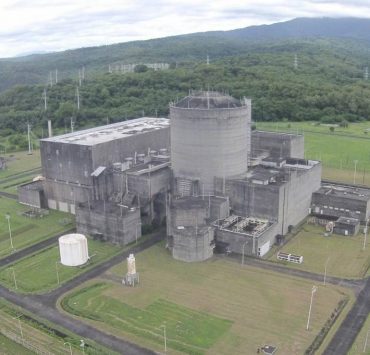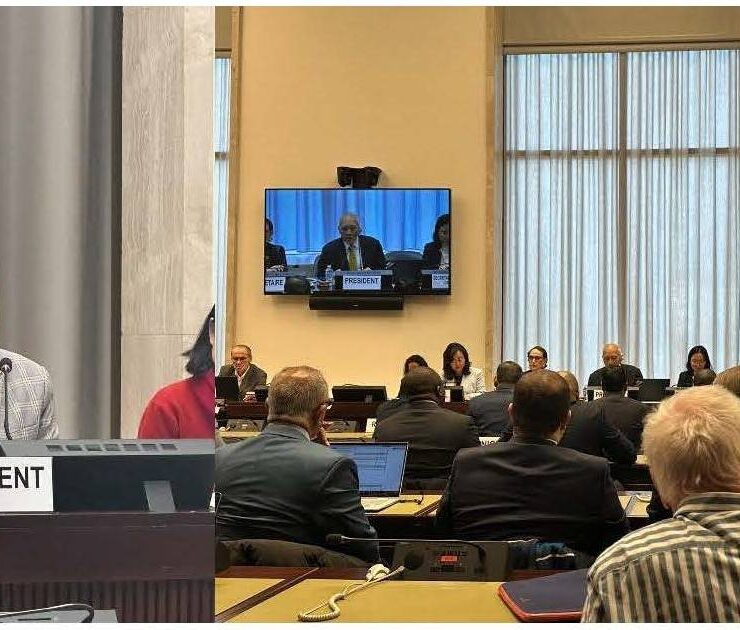Navigating PH economic growth challenges

Our nation has been striving for sustained economic growth. However, this journey is fraught with challenges that require a data-driven understanding to formulate effective solutions.
In this post, let us delve into the key economic challenges faced by the Philippines, supported by relevant data. It is not my intention to paint a grim picture, but relevant data will help us understand the challenges we are facing.
Income inequality
Data: Philippines’s Gini Coefficient Index is 59.8 and was most recently measured in 2021, according to the World Bank.
Income inequality remains a significant hurdle to inclusive economic growth in the Philippines. While the economy has been expanding, the benefits are not distributed evenly.
A substantial portion of the population struggles with poverty, highlighting the need for policies that address the wealth gap.
Unemployment rates
Data: The Philippines unemployment rate is at 3.1 percent as of December 2023, according to the Philippine Statistics Authority (PSA). Philippines youth unemployment rate for 2022 was 6.34 percent.
Persistent unemployment, particularly among the youth, poses a challenge to economic growth. The data underscores the urgency of creating employment opportunities that align with the skills and aspirations of the workforce, ensuring a productive and engaged labor force. Another concern is also underemployment.
Infrastructure deficiency
Data: The World Economic Forum’s Global Competitiveness Report ranks the Philippines 97th out of 140 countries in terms of infrastructure quality.Insufficient infrastructure remains a bottleneck for economic growth. Inadequate transport networks, energy systems, and utilities hinder productivity and impede the efficient movement of goods and services.
Bridging the infrastructure gap is crucial for enhancing competitiveness and sustaining economic expansion.
Agricultural vulnerabilities
Data: According to the PSA, agriculture’s contribution to GDP was about 9 percent in 2023. However, the sector is vulnerable to climate change, with typhoons affecting production.
The agricultural sector faces challenges such as outdated practices, susceptibility to climate change, and land-use issues. Addressing these challenges is imperative for boosting productivity, ensuring food security and alleviating poverty in rural areas.
Natural disaster vulnerability
Data: The Philippines is among the world’s most disaster-prone countries, experiencing an average of 20 typhoons annually, according to the Asian Development Bank.
Natural disasters cost the Philippines an average of 0.6 percent of its gross domestic product (GDP) per year. In 2022, the total damages during major extreme natural events and disasters in the Philippines amounted to nearly P29 billion.
The country’s vulnerability to natural disasters poses a consistent threat to economic stability. The economic impact of these disasters emphasizes the need for enhanced disaster preparedness and resilient infrastructure development.
Remittance dependency
Data: Remittances from overseas Filipino workers reached $36.1 billion in 2022, accounting for around 10 percent of the country’s GDP, according to the Bangko Sentral ng Pilipinas. There is a view that total remittances was at $40 Billion in 2023 (estimated).
While remittances play a crucial role in supporting many Filipino families, over-reliance on this income source exposes the economy to global economic fluctuations and uncertainties in foreign employment conditions. Diversification strategies are essential to mitigate risks associated with remittance dependency.
Environmental sustainability
Data: The Philippines placed 158th out of 180 countries in the 2022 edition of the biennial Environmental Performance Index. Deforestation, pollution, and habitat destruction are significant environmental challenges.Balancing economic development with environmental sustainability is a critical challenge. The data underscores the importance of implementing sustainable practices to preserve the country’s natural resources for future generations.
Global economic uncertainties
Data: The Philippines’ export-oriented economy makes it susceptible to global economic uncertainties. The COVID-19 pandemic, for instance, caused a contraction in the country’s GDP by 9.6 percent in 2020, according to the World Bank.The interconnectedness of the global economy exposes the Philippines to external shocks. Addressing these uncertainties requires strategic planning, risk management, and a focus on economic resilience.
A data-driven analysis of the economic challenges in the Philippines provides insights into the areas that require targeted interventions.
As the country navigates these challenges, evidence-based policymaking, strategic investments, and a collaborative approach involving the government, private sector, and communities will be instrumental in fostering sustainable and inclusive economic growth.And if I may add, we really need to pray for the nation and it is time to humble ourselves before the Lord.
“Blessed is the nation whose God is the LORD, the people he chose for his inheritance” –Psalm 33:12, NIV INQ





















